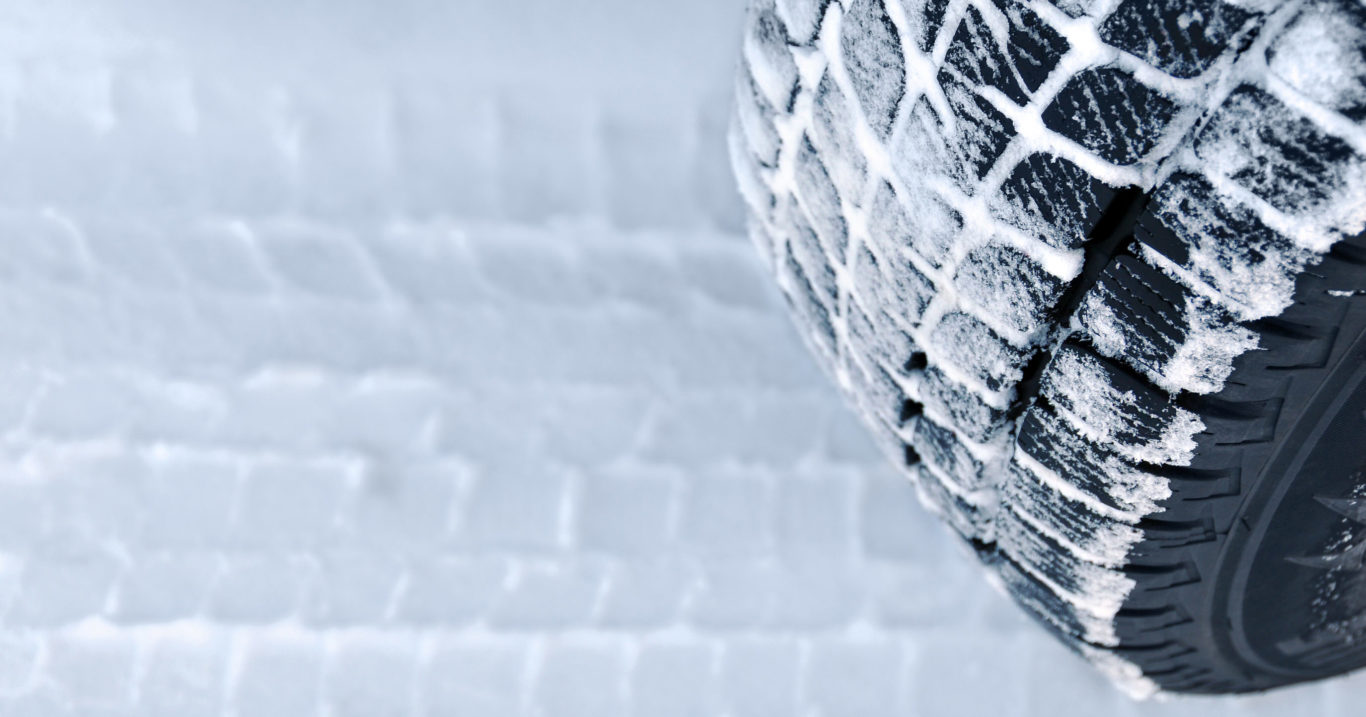
Are Winter Tires Only for Snow?
Occasionally we hear people say that they haven’t equipped their winter tires because it hasn’t snowed yet. Here’s why that’s wrong.
Although we are firmly in the grips of winter, here in Victoria BC, many people still have yet to change to their winter tires. Many drivers are under the impression that winter tires are only necessary when it is snowing, or there is snow on the ground. This isn’t quite the case, winter tires should be installed as soon as the weather cools down, regardless of precipitation.
Read below for the “what” and the “why”, to this common source of confusion.
The “What”
It doesn’t matter if it’s perfectly sunny with blue skies – your signal to change tires is the temperature gauge. Winter tires should be used as soon as the daily average temperature drops to or below +7°C.
The “Why”
While it may seem to be an arbitrary distinction, it is important to think of winter tires as “winter tires”, rather than as “snow tires”. The reason why summer tires fail in the winter is not primarily due to the presence of ice and snow (although these factors do not help), but rather to the performance of the rubber itself in cold temperatures.
Rubber, the material that makes up the exterior of your tire, varies in densities and hardness. All rubber responds to ambient temperature by hardening when it’s cold and softening when it’s warm. The temperatures at which the rubber hardens or softens depends on the specific variety of rubber. Winter tires are constructed of rubber that stays pliable in cold temperatures (below +7°C), allowing them to maintain their grip when the weather gets cold.
Interestingly, the principle goes the other way, too. If used when the weather is significantly warmer than +7°C, winter tires will fail to grip as well as all-seasons or summer tires. In a controlled experiment, all season tires performed much better than winter tires when the weather was warm, even when the road is wet. This is because the soft rubber of the winter tires unable to create sufficient friction to stop the vehicle in a reasonable distance. Furthermore, using winter tires in the summer sun will cause a reduction in fuel economy.
So, to put it simply, winter tires are designed for winter temperatures as well as winter precipitation. By now (the end of January) you should probably have already installed your winter tires, but it’s not too late! Head to your local mechanic, or do it yourself if you have the proper tools. Winter tires are typically advised in Victoria between October and March
Winter Tire Laws Victoria, BC
The laws in BC are that:
“Drivers must obey winter tire and chain signs throughout the province from October 1 to March 31. Winter road conditions across most of B.C. often include snow and ice. We recommend drivers install mountain/snowflake tires for cold weather driving and, for extreme conditions, carry chains. It is the responsibility for the operator of a vehicle to understand the conditions on the roads they regularly drive and equip their vehicle for those conditions. British Columbia accepts tires displaying the 3-peaked mountain and snowflake symbol OR the M+S (mud and snow) symbol, with at least 3.5 mm tread as winter tires. Some tire manufacturers choose to mark their tires with both designations.”
Local Small Collision Repair
If winter road conditions has resulted in an accident, think twice before claiming the damage with ICBC and going to an auto body shop. Very often, minor damage can be fixed for less than your insurance deductible and without having to record the accident on your insurance record, simply by visiting a small collision repair shop.
Get in touch, or just send us a picture of the damage for a quote, and we can take care of you and your vehicle.